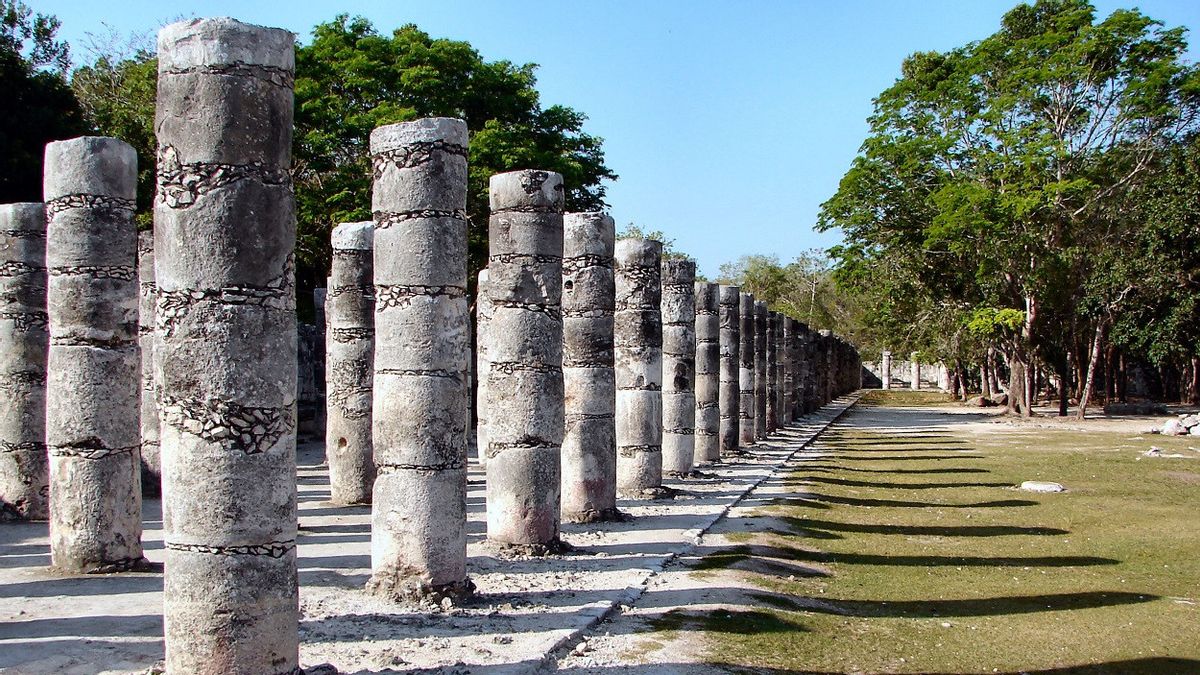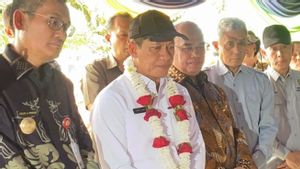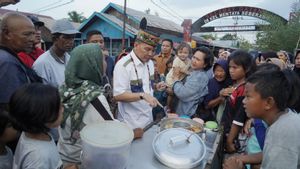JAKARTA - Archaeologists managed to reveal a group of structures found at the archaeological site Maya Chichen Itza, the Yucatan Peninsula, Mexico, which is believed to be part of a housing complex inhabited by elite holy cities founded in the 5th century AD.
Archaeologist Francisco Perez Ruiz said no residential group was known in Chichen Itza, meaning the housing complex would represent "the first residential group, where a ruler lives with his entire family."
The area, known as Chichen Viejo, is expected to be integrated in the near future into the visitor area of the Chichen Itza archaeological site, the UNESCO World Heritage Site.
The newly discovered complex includes the entrance arch, the Siput House, the Moon House and what is known as the Lingga Palace.
Researchers from the National Institute of Anthropology and History (INAH) hope that this area and other areas that have not been found can provide information about the lives of the people living in the city.
"There are definitely many more residential groups that have not been explored. Research on these suburban groups, around the center, can tell us about other families, other groups that make up this big city," said archaeologist Jose Osorio Leon.
Much earlier, the area had been explored since 1998.
It is known, about 2 million people visit the Chichen Itza site in southeastern Mexico every year, according to official data.
This site was founded as a pilgrimage center for the Maya tribe by the Itza tribe, or "water quencher".
The English, Chinese, Japanese, Arabic, and French versions are automatically generated by the AI. So there may still be inaccuracies in translating, please always see Indonesian as our main language. (system supported by DigitalSiber.id)













